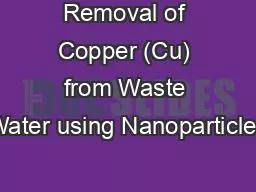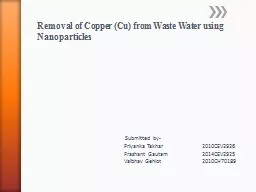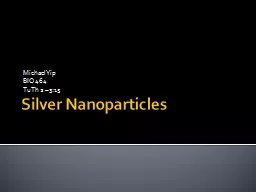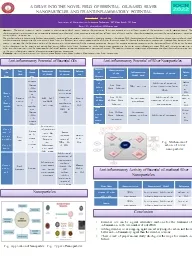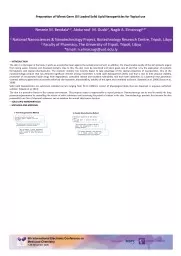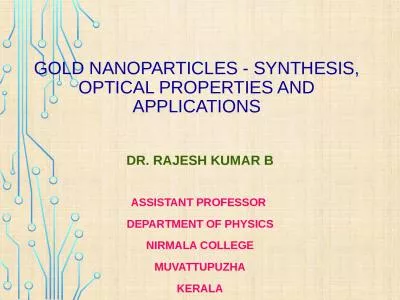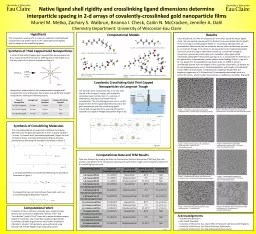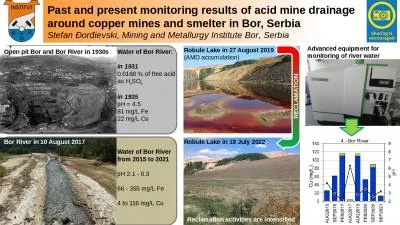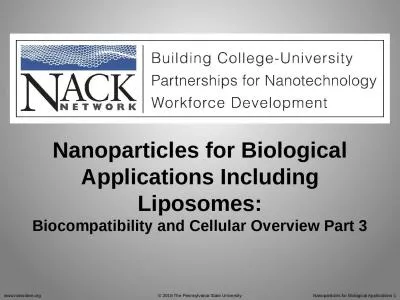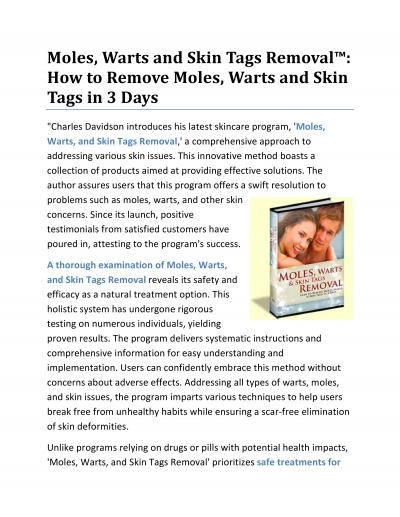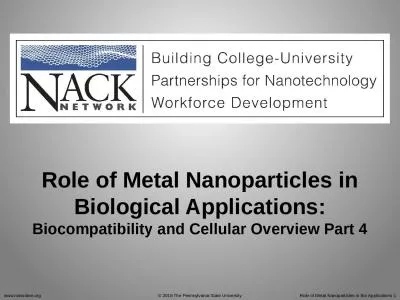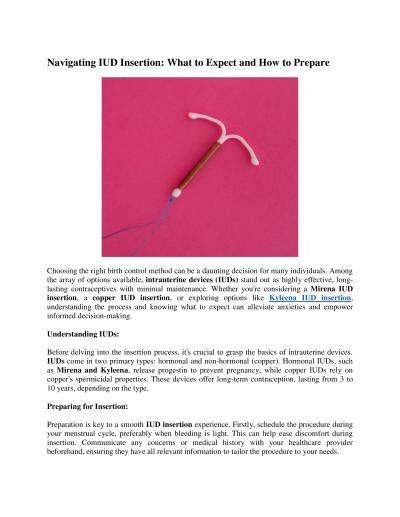PPT-Removal of Copper (Cu) from Waste Water using Nanoparticles
Author : widengillette | Published Date : 2020-08-28
Submitted by Priyanka Takhar 2010CEV2926 Prashant Gautam 2014CEV2925 Vaibhav Gehlot 2010CH70189 Introduction High demand of water due to increase in population
Presentation Embed Code
Download Presentation
Download Presentation The PPT/PDF document "Removal of Copper (Cu) from Waste Water ..." is the property of its rightful owner. Permission is granted to download and print the materials on this website for personal, non-commercial use only, and to display it on your personal computer provided you do not modify the materials and that you retain all copyright notices contained in the materials. By downloading content from our website, you accept the terms of this agreement.
Removal of Copper (Cu) from Waste Water using Nanoparticles: Transcript
Download Rules Of Document
"Removal of Copper (Cu) from Waste Water using Nanoparticles"The content belongs to its owner. You may download and print it for personal use, without modification, and keep all copyright notices. By downloading, you agree to these terms.
Related Documents

